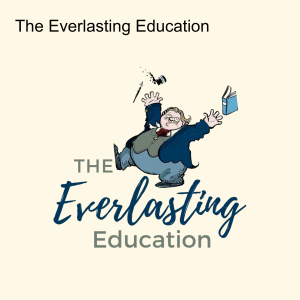

Ep. 11 - Chapter Four of Norms and Nobility: The Tyrannizing Image
This is Episode 11 of The Everlasting Education Podcast, a Kepler Education Production.
In Chapter Four, Hicks “Tyrannizing Image,” which is to speak of the Ideal image of human perfection. In this episode, Scott Postma and Joffre Swait unpack the chapter and discuss one of the more subtle but efficacious distinctions between modern and classical education—the educator’s goal for the student. The aim of modern education is the Real: the student’s efficient existence. The aim of the classical educator, on the other hand, is the Ideal, the difficult-to-define standard of excellence by which a man apriorically judges himself and others; it’s an intuited standard which has manifested itself in every age, from the Homeric hero to Chaucer’s “parfait, gentil knight.” It is a standard, that while not achievable, reveals the gap between what a man is and what he ought to be.
David V. Hicks's, Norms and Nobility was first published in 1981 when it won the American Library Association's Outstanding Book Award. Since that time, it has gone on to become one of the most influential books in the Classical Education movement. Hicks's "purpose in writing the book is to offer a personal interpretation of classical education—its ends, as well as some of its means—and to respond to the objections of those who might approve of the goals of such an education, but who believe that it cannot meet the needs of an industrial democracy ro that it is not feasible as a model for mass education."
More Episodes
All Episodes>>You may also like
Create Your Podcast In Minutes
- Full-featured podcast site
- Unlimited storage and bandwidth
- Comprehensive podcast stats
- Distribute to Apple Podcasts, Spotify, and more
- Make money with your podcast












